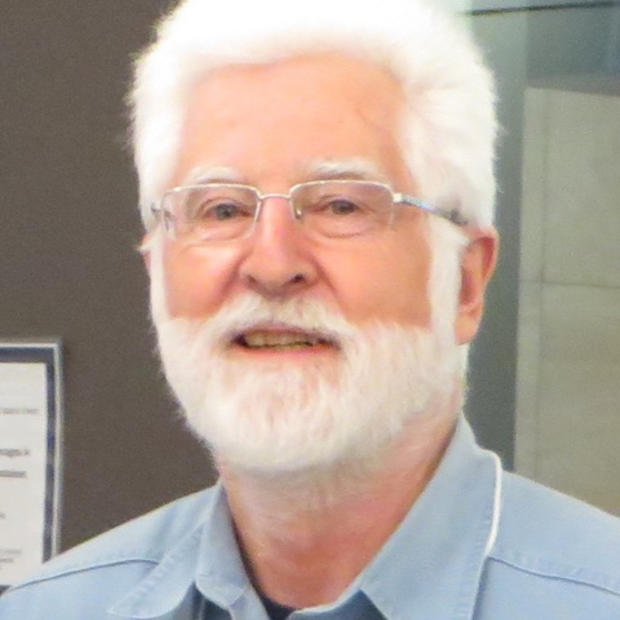The Seattle Times on Monday's front page wanted to know if Rainier Beach High School is headed, finally, for a renaissance – or at least a rediscovery by southeast Seattle families. The school is rapidly pushing WASL scores up for its primarily African American students. And, as Emily Hefter reported, African-American students at Rainier Beach are making WASL progress faster than African Americans enrolled in any of the district's other high schools. This is truly good news. RBHS is closing the achievement gap.
But that may turn out to be a real conundrum for Seattle Public Schools and the School Board as administrators and elected officials set out to make changes in the district's outdated assignment plan.
Rainier Beach is small – only 361 students – and that might be a big reason for the success. Hefter describes Principal Robert Gary Jr.'s deep involvement with many of the kids, and the small school's growing sense of itself, of community, kids talking about the importance of academic achievement.
It may be that right now RB's small size is working for it. There's not much in the way of electives, but the intimacy of the school – no one is lost in the crowd – could be just what's bringing out the best in the students. That's long been the case made by small-school advocates.
And there's the problem. The Seattle School District several years ago lost any real interest in small schools. Administrators are now driven by economies of scale. Small high schools cost marginally more per student; large high schools tend to draw more on centrally funded programs, according to a study a few years ago by the Center on Reinventing Public Education at the University of Washington. Cost-wise, it can be a toss-up, depending on how you structure the small school: core academic curriculum, limited electives, few sports – and likely you'll get the kind of results we now see at Rainier Beach.
Thus, one choice the district has is to keep Rainer Beach the way it is, a small school. Promote the academics, keep the signature sports, add drama, and limit enrollment to about 400. Spend a little more per kid but also give more individual attention to each one.
At the other end of the spectrum is this option: Dramatically increase enrollment to return Rainier Beach to its historic role as one of the city's large, comprehensive high schools. Money follows enrollment, so there would be funding for electives, all sports, drama, band, the whole deal. But under the district's enrollment plan, which allows families a broad choice of high schools, Rainier Beach, as Hefter reported, has been shrinking for years. It's been a weak school. That's why Gary's accomplish over the past couple years is so notable, though probably not enough to draw more students.
But a big enrollment jump for RB is only possible if the School Board, when it revamps the enrollment plan later this year, adopts a fundamentally neighborhood-based enrollment plan. Under that kind of plan, most of the 1,600 students whose closest high school is Rainier Beach would be assigned there. (Only 250 of those kids attend now.) Viola! Instant comprehensive high school, with all its virtues – supposedly a broad curriculum – and all its vices – a place where kids who need attention can easily get lost, or hide out.
I'm betting the School Board and district administrators take neither of these options. They'll shy away from the small-school alternative because of per-pupil cost and public pressure for a comprehensive high school. But they'll also shy away from neighborhood-based assignment at the high school level. That means they'll leave school choice mostly intact and build up academics at Rainier Beach (more AP courses and electives) with money from the "southeast initiative," a part of the assignment plan changes designed to balance school quality in the area with other parts of town, and strengthen the drama program to attract enrollment. This is good, but limited. It will be great for Robert Gary Jr. and the kids – maybe 400-odd – who even then will be the only ones to choose Rainier Beach.
But the board and administrators, not seeing the attractiveness of the small-school option, will consider Rainier Beach a failure as long as enrollment stays low, and that's too bad.


